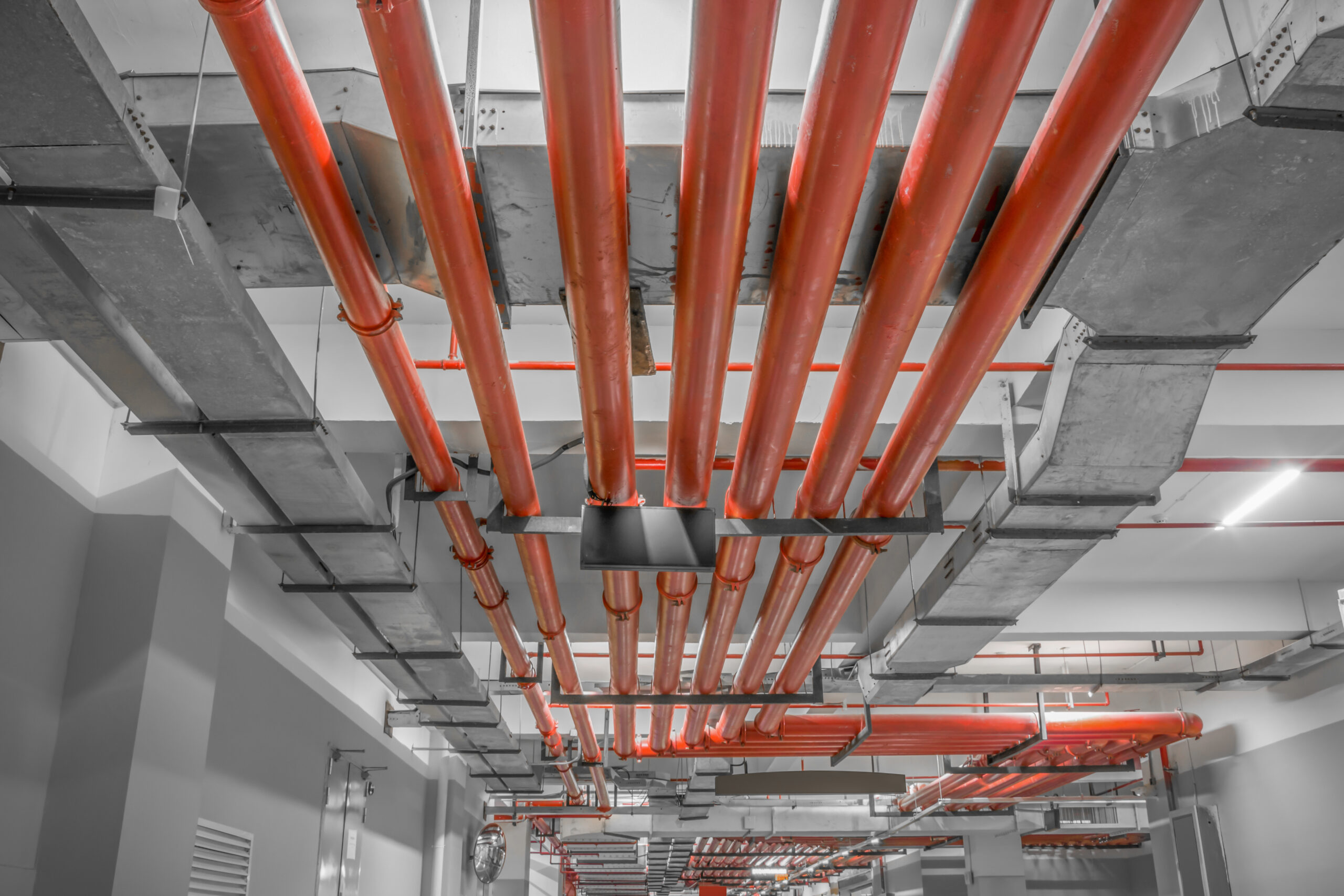Data centers are the backbone of modern businesses, housing critical infrastructure and sensitive data that are essential for operations. Protecting these facilities from fire is of utmost importance, and IG-541 fire suppression systems offer a reliable solution. To design an effective IG-541 system for a data center, it’s crucial to integrate best practices in system design, placement, and maintenance. This guide explores these practices in detail to ensure optimal protection for your data center.
Understanding the Role of IG-541 in Data Centers
IG-541, also known as Inergen, is a clean agent fire suppression system composed of nitrogen, argon, and carbon dioxide. Unlike water-based systems, IG-541 does not leave residues or cause water damage, making it ideal for environments with sensitive electronic equipment. It works by reducing the oxygen level in the protected area to a point where combustion cannot sustain, effectively extinguishing fires without harming equipment or personnel.
Assessing the Risk and Layout
Risk Assessment
A thorough risk assessment is the first step in designing an IG-541 fire suppression system. Identify areas within the data center that are most vulnerable to fire, such as server rooms, power distribution units, and equipment racks. Consider the potential sources of ignition, such as electrical faults or overheating equipment. Understanding these risks will help tailor the suppression system to address specific needs.
Layout Considerations
Map out the data center’s layout, including the location of all critical equipment, cooling systems, and aisles. Pay special attention to areas with high concentrations of electronic equipment or critical infrastructure. This layout will guide the design of the IG-541 system to ensure comprehensive coverage.
System Design
Coverage Area Calculation
Determine the volume of each protected area to calculate the appropriate amount of IG-541 required. The system must be sized to provide adequate gas concentration for effective fire suppression. Consult with IG-541 manufacturers to ensure that the system is designed to meet the specific requirements of the data center.
Nozzle Placement
Strategically place nozzles to ensure even distribution of IG-541 throughout the protected area. Nozzles should be positioned to cover potential fire sources and ensure that the gas reaches all parts of the data center. Consider factors such as air circulation and obstacles that might affect gas distribution. Proper nozzle placement is crucial for the effectiveness of the suppression system.
Pipe Network Design
Design a robust pipe network that delivers IG-541 efficiently to all protected areas. The network should minimize the risk of leaks and ensure reliable gas flow. Use high-quality materials and components to reduce maintenance needs and ensure long-term reliability.

Integration with Existing Fire Protection Measures
Coordination with Fire Detection Systems
Integrate the IG-541 system with existing fire detection and alarm systems. Ensure that the suppression system is activated automatically in conjunction with smoke detectors, heat detectors, and other fire detection devices. This coordination ensures a rapid response to fire incidents and minimizes damage.
Alarm and Notification Systems
Implement alarm and notification systems to alert personnel when the IG-541 system is activated. These systems should include visual and audible alarms to ensure that everyone is aware of the emergency and can evacuate the area safely. Notifications should also be sent to facility management to initiate a prompt response.
Backup Power Supply
Ensure that the IG-541 system and associated control panels have a backup power supply. Data centers often have redundant power systems, and the fire suppression system should be integrated into this setup to remain operational during power outages. This ensures that the system can respond to fires even when primary power sources are compromised.
Testing, Maintenance, and Training
Regular Testing
Conduct regular tests of the IG-541 system to verify its functionality. This includes testing the release mechanisms, checking nozzle coverage, and verifying gas levels. Regular testing helps identify any potential issues before they become critical and ensures that the system will perform as expected in an emergency.
Maintenance Schedule
Establish a comprehensive maintenance schedule to inspect and refill IG-541 cylinders as needed. Regular maintenance helps prevent system malfunctions and ensures that the system remains ready for use. Work with certified professionals to perform maintenance and address any issues promptly.
Staff Training
Train staff on the operation of the IG-541 system and emergency procedures. Ensure that personnel understand how to respond in the event of a fire and are familiar with evacuation procedures. Training should also cover the process for re-entering the data center after the system has been activated and the area has been cleared.
Conclusion
Designing an effective IG-541 fire suppression system for a data center involves a multi-faceted approach that includes risk assessment, precise system design, and thorough integration with existing fire protection measures. By following best practices in system design, placement, and maintenance, you can ensure that your data center is well-protected against fire hazards. Implementing these practices will help safeguard critical assets, minimize downtime, and maintain operational continuity in the face of fire emergencies.




